Morrer de elenco é um processo de fabricação altamente eficiente e preciso, onde o metal fundido é injetado em um molde de aço sob alta pressão. É amplamente utilizado para criar componentes metálicos complexos que são difíceis ou caros de máquina por métodos convencionais. No entanto, O sucesso de qualquer projeto de elenco de depende muito da qualidade do design. Um design bem pensado garante integridade estrutural, minimiza defeitos, reduz o custo, e aprimora a fabricação.
Este artigo fornece um guia abrangente para Dicas de design de fundição, destacando variáveis críticas que todo engenheiro e designer deve considerar ao desenvolver peças para este processo.
Principais considerações para o design de fundição
Projetar uma parte eficaz do molde requer equilíbrio de vários fatores. Aqui estão as considerações mais importantes:
Seleção de Materiais
A fundição do dado pode ser realizada com várias ligas, como:
Alumínio (leve, resistente à corrosão)
Zinco (alta fluidez, adequado para peças complexas)
Magnésio (Metal estrutural mais leve)
Cada liga tem propriedades diferentes, como encolhimento, condutividade térmica, e fluidez, todos os quais afetam decisões de projeto, como espessura da parede, Radii de filete, e requisitos de refrigeração.
Design de matriz
O dado deve ser forte o suficiente para suportar alta pressão e temperatura sem deformação. A usinagem precisa da matriz garante consistência dimensional em cada ciclo.
Ejeção e núcleos
As peças devem ser projetadas para facilitar a ejeção para evitar danos e reduzir o tempo de ciclo. Os projetos de núcleo também devem permitir uma remoção fácil sem grudar ou distorcer a parte.
Funcionalidade
Die as peças fundidas usadas em aplicações de alta carga ou críticas (por exemplo., automotivo, aeroespacial) requer reforços e tolerâncias específicos em comparação com aplicações cosméticas ou leves.
Dicas de design principais para fundição de matriz - variáveis -chave
Filetes e raios
Filetes e raios são cruciais para eliminar cantos afiados, Reduza as concentrações de estresse, e melhorar o fluxo de metal.
Pontas:
Evite cantos internos nítidos
Use um raio de pelo menos 1 milímetros (maiores em zonas de alta estresse)
Aplicar raios consistentes em todo o design
Incorporar ângulos de rascunho (normalmente 1-3 °) Para ajudar na remoção de peças
Espessura da Parede
A espessura da parede afeta o tempo de resfriamento, pressão de elenco, e peso geral da peça. Manter a espessura uniforme da parede evita problemas como porosidade e deformação.
Espessura mínima de parede recomendada:
| Material | Peças pequenas (milímetros) | Grandes partes (milímetros) |
| Alumínio | 1.016 | 2.032 |
| Zinco | 0.381 | 0.889 |
| Magnésio | 1.016 | 2.540 |
Evite mudanças abruptas na espessura da parede para evitar pontos de acesso e cáries em encolhimento.
Costelas e cantos externos
As costelas são adicionadas para fortalecer paredes finas sem aumentar significativamente o peso. Os cantos externos precisam de atenção cuidadosa para evitar o acúmulo de estresse.
Pontas:
Priorize a colocação das costela nas seções mais finas
Mantenha o espaçamento uniforme das costela
Evite cantos externos nítidos; Use raios generosos em vez disso
A espessura da costela deve ser de cerca de 50 a 60% da espessura da parede
Janelas e buracos
Windows (recortes) e os orifícios são frequentemente necessários para a montagem, fluxo de ar, ou economia de material, Mas eles podem enfraquecer uma parte se não forem projetados corretamente.
Pontas:
Arredondar todas as bordas de orifícios e recortes
Mantenha os recursos longe dos cantos e áreas de porte de carga
Aplicar ângulos de rascunho generosos nos orifícios da parede lateral
Evite pós-formação desnecessária quando possível
Recursos pós-usurinos
Algumas geometrias como tópicos, Undercuts, ou brocos de tolerância rígida podem precisar de pós-formação, que adiciona tempo e custo.
Diretrizes de design:
Continue pós-combinação ao mínimo
Recursos de design para fácil acesso à ferramenta
Use núcleos para evitar a usinagem secundária sempre que possível
Defina tolerâncias realistas para evitar sucata desnecessária
Linhas de separação
As linhas de separação são as costuras visíveis onde duas metades morrem se encontram. Sua localização afeta a função e a aparência.
Pontas:
Coloque linhas de despedida em áreas menos visíveis
Evite colocá -los em superfícies funcionais
Espere algum flash que deve ser removido no pós-processamento
Equilibrar requisitos estéticos com fabricação
Notas de acabamento superficial
As peças fundidas do molde têm níveis de acabamento diferentes com base em seu uso final. Cada custo de saldos custos, aparência, e requisitos funcionais.
| Nota | Nome | Caso de uso típico | Qualidade de acabamento |
| 1 | Grau de utilidade | Componentes internos ou protegidos | ⭐ |
| 2 | Grau funcional | Polido, peças pintadas | ⭐⭐ |
| 3 | Grau comercial | Uso estrutural e semi-casmético | ⭐⭐⭐ |
| 4 | Grau de consumo | Superfícies visíveis, boa aparência | ⭐⭐⭐⭐ |
| 5 | Grade Superior | Uso estético ou de vedação sofisticado | ⭐⭐⭐⭐⭐ |
Escolha o grau mais baixo necessário para minimizar o custo enquanto atende às necessidades funcionais.
Die Casting Services por TOPOS
Na TOPS Precision, Oferecemos alta precisão Serviços de fundição de matriz para alumínio, magnésio, e ligas de zinco. Nossa equipe apoia você do design à produção, Oferecendo conselhos especializados sobre seleção de materiais, Estratégias de redução de custos, e métodos de fabricação ideais.
Como começar:
Envie seu arquivo CAD para nós por e -mail
Receba uma citação instantânea com opções de material e quantidade
Ajuste seu design online para avaliar oportunidades de economia de custos
Se você precisa protótipos ou peças em escala de produção, Tops ajuda você a obter resultados de alta qualidade com tempo de entrega eficiente e controle de custos.
Conclusão
Projetar para o elenco é um processo técnico e criativo. Considerando a espessura da parede adequada, filetes, costelas, ângulos de rascunho, e opções de acabamento, Você pode melhorar drasticamente o desempenho de sua parte e reduzir os custos de fabricação. Lembrar, O sucesso de um projeto de elenco está nos detalhes - então use essas dicas para tornar seu próximo design mais inteligente e mais eficiente.
Para serviços de fundição confiáveis, experiência em material, e projetar feedback, Tops é seu parceiro de confiança.
Leia mais:
Fundição sob pressão de alumínio
Opções de acabamento superficial
Meta título:
Dicas de design para fundição: Melhores práticas para funcional & Peças econômicas
Meta Descrição:
Explore dicas de design de fundição de especialistas, incluindo filetes, espessura da parede, costelas, pós-formação, e acabamento superficial. Aprenda a otimizar suas peças com TOPs Precision.
Palavras -chave sugeridas:
Dicas de design de fundição
fundição de alumínio
mora da parede de fundição
Recursos pós-usurinos
design de costela no elenco de matriz
ângulos de rascunho no elenco

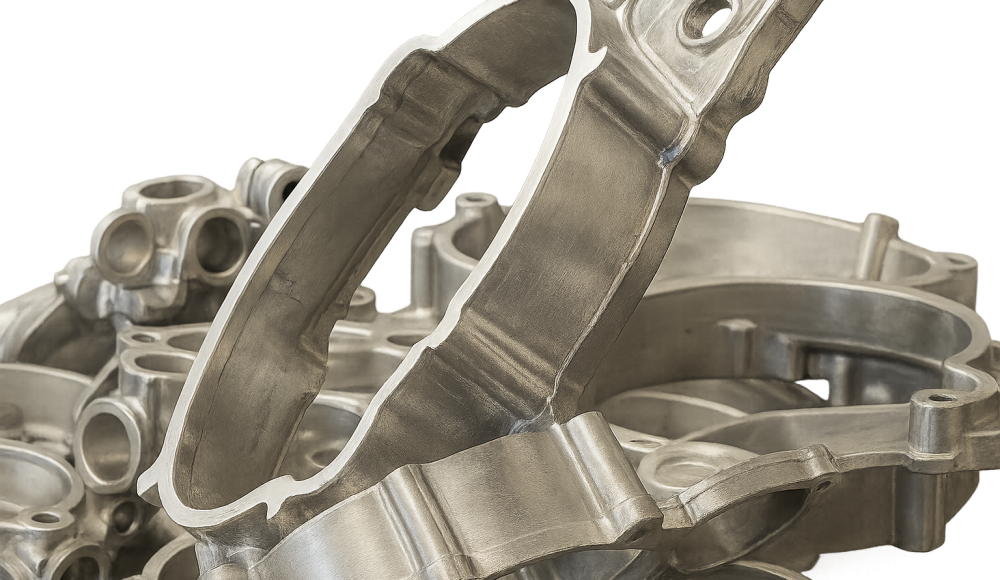
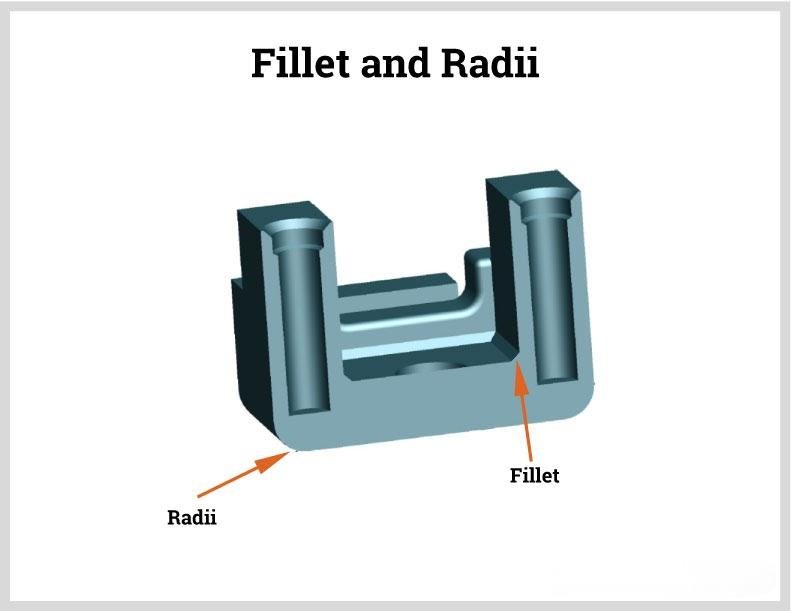
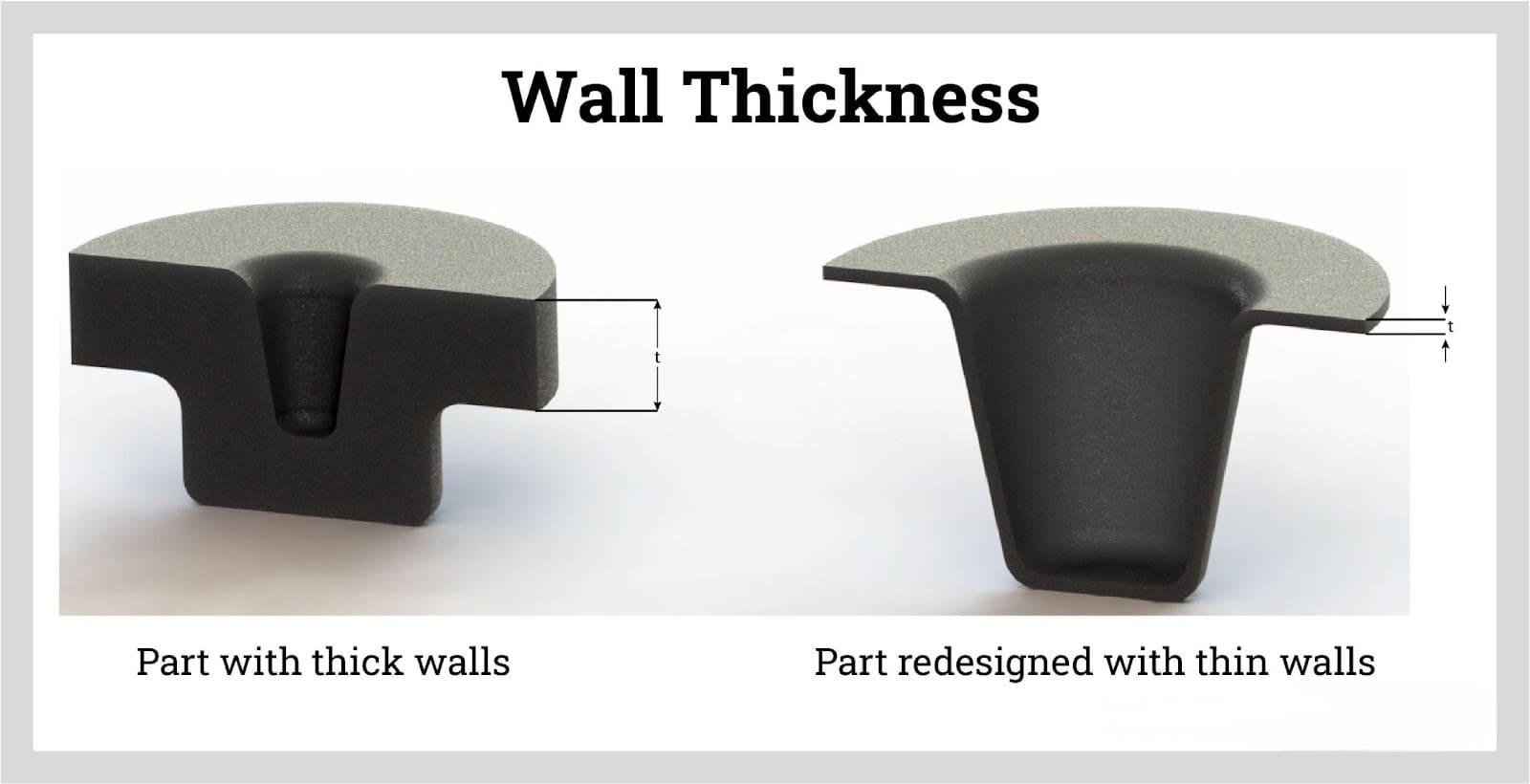
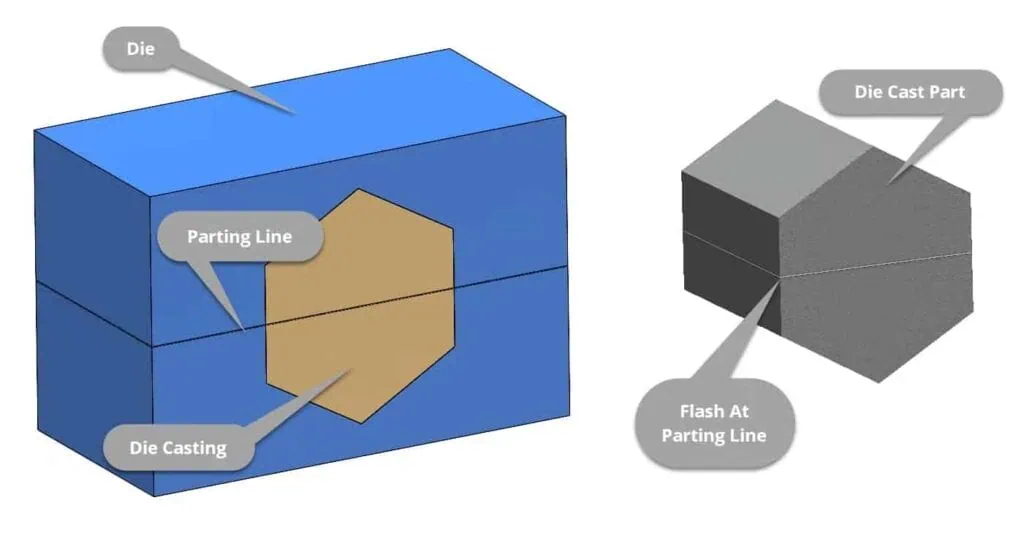
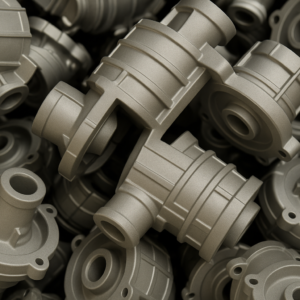
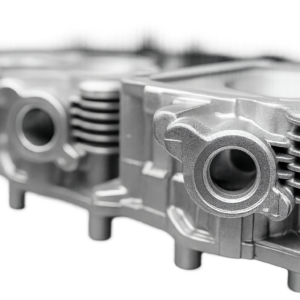
2 pensamentos "Dicas de design para fundição: Um guia completo para peças otimizadas”